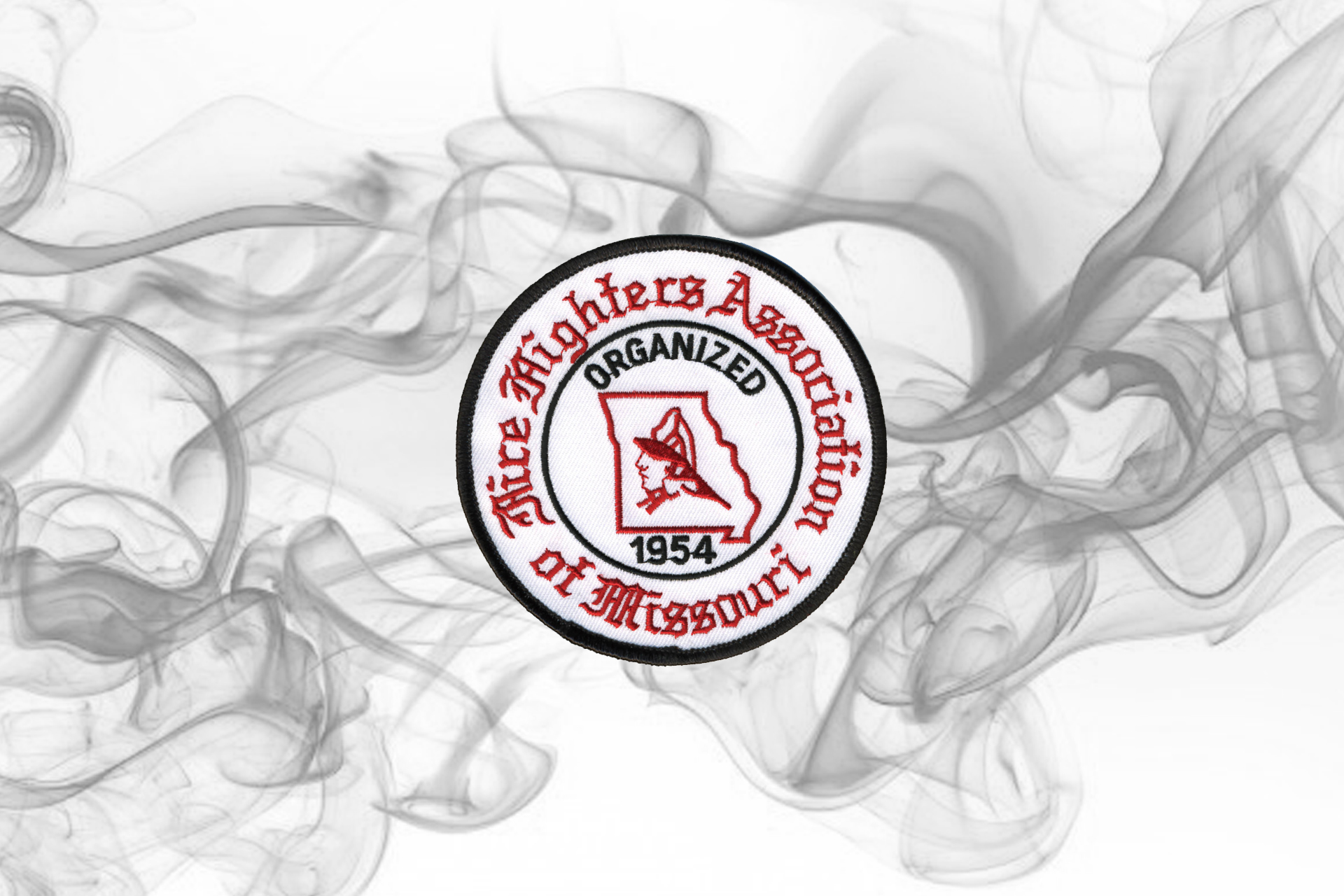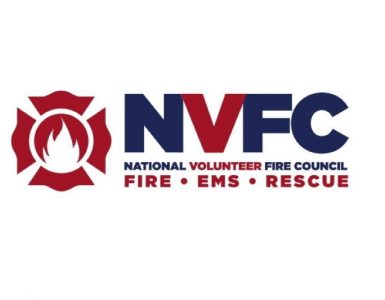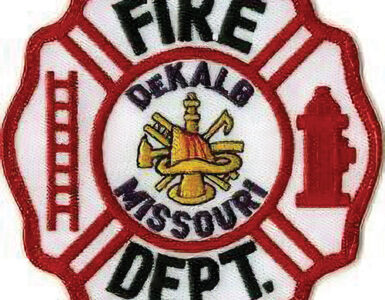Hello from District 2. Lots going on around the district. Many fire departments held their annual dinners and fundraisers in the last few months. Atlanta fire department first responders held their very first fundraiser and went way over what they had hoped for. Congratulations. Numerous fire departments are holding something for Halloween coming up at the end of October.
I hope everyone got to watch the National Fallen Firefighter Candlelight and Memorial Service in Emmitsburg in October. Two Missouri firefighters were honored this year as they gave the ultimate sacrifice.
It was an honor to travel to Kearney, Nebraska, the last week in September to attend the National Volunteer Fire council board of director’s conference. I have the privilege of serving on two committees. Along with Keith Smith, we were able to attend almost every committee meeting and all the general sessions. It was a busy two days.
One of the general sessions was the senior director for the National Registry of Emergency Medical Technicians (NREMT). Mark Terry was on hand to present a program on the NREMT, and on testing and how it worked. The NREMT works on national and state licensing. It assist in setting guidelines and National Education standards for first responders, EMT’s Medics, etc. It also sets testing standards and is National Commission of Certifying Agencies (NCCA) accredited. They work very hard to validate cognitive testing development. That program validates three parts: psychometrics, content, and security.
They shared information on their exam experience and competency. He stated that each test is custom build for the student. It tests up to 95% competency of a student. Once the computer gets a read on the student’s competency level, either passing or failing, it will end the exam. The national average from 2015 to 2017 has risen from 65% to 72% for EMT testing, with the medics rising from 72% to 76%. This is a first time pass rate only. 43 states use the national registry for certification and licensing.
One of the committees that I do serve on is Health, Safety and Training. One of the items that the fire service is really looking at is cancer among firefighters. Being on the fire funeral team we see this a lot. I will not go into detail on everything that was talked about, but there are some things that fire departments and firefighters can do, and it costs nothing and I wish to share them with you. One is do not carry your gear in the passage compartment of your vehicle. Why? The residue from a fire can easily linger for as much as 72 hours. Your breathing that, and if your family rides in your vehicle, you infect your family, as they breath it, as well. Other items include, clean the gear, rinsing it off before getting back in the fire truck to return to quarters. Never roll dirty hose with your bare hands. Never put gear by the exhaust of an apparatus. Always wear your SCBA when overhauling. These are just a few things. There were several items that cost very little, like a second hood and gloves. Many other things were talked about, in hopes to cut down on the risk of cancer in our firefighters. Take a look at yourself and your department. What can you do to help fight this problem in your organization?
Till next time, be safe!

































